Product Information
Product Number: E001051
English Name: Esomeprazole Impurity 51
English Alias: 5-hydroxy-1H-benzo[d]imidazole-2(3H)-thione
CAS Number: 92806-98-9
Molecular Formula: C?H?N?OS
Molecular Weight: 166.20
Advantages
Well-defined and highly characteristic structure: A unique structure containing hydroxyl, benzimidazole ring and thione group, significantly different from the benzimidazole sulfonyl structure of Esomeprazole. It can be accurately identified by techniques like HPLC and LC-MS, providing a specific marker for impurity detection;
High stability and traceability: The benzimidazole ring and thione group are relatively stable under neutral conditions. As a potential by-product of thiol oxidation or cyclization in Esomeprazole synthesis, it directly reflects the conversion efficiency of sulfur-containing intermediates, improving the accuracy of process tracing;
High detection sensitivity: The conjugated structure of hydroxyl and benzimidazole ring has strong absorption in the UV region (around 280nm), enabling trace analysis via HPLC-UV, reducing detection costs and enhancing method applicability.
Applications
Pharmaceutical quality control: Used as an impurity reference standard to identify and quantify Esomeprazole Impurity 51 in Esomeprazole APIs and formulations, ensuring residual sulfur-containing impurities meet pharmacopoeial and regulatory requirements;
Synthesis process optimization: Reducing thione by-product formation by monitoring the impurity content and optimizing the dosage of thiol oxidants (e.g., hydrogen peroxide) to improve main product yield;
Stability studies: Investigating the degradation behavior of this impurity under acidic conditions (e.g., thione hydrolysis) to assess its impact on Esomeprazole formulation stability and support storage condition development.
Background Description
Research Status
Detection method optimization: Using UPLC-MS/MS technology to optimize mass spectrometry parameters based on the isotopic characteristics of sulfur, achieving trace detection of this impurity (detection limits up to ppb level);
Synthetic mechanism analysis: Clarifying the formation pathway of this thione impurity by simulating cyclization reactions under different pH conditions, providing a theoretical basis for process optimization;
Stability assessment: Studying the conversion trend of this impurity under high temperature and humidity through accelerated experiments to evaluate its impact on the shelf life of Esomeprazole formulations;
Toxicological research: Assessing the potential cytotoxicity of this impurity through in vitro cell experiments to provide data support for formulating reasonable impurity limit standards




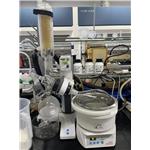

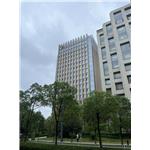
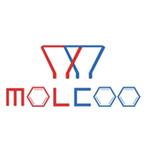

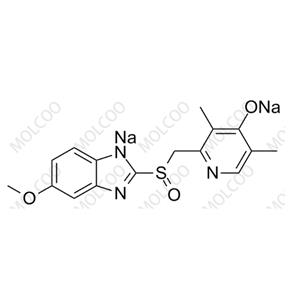

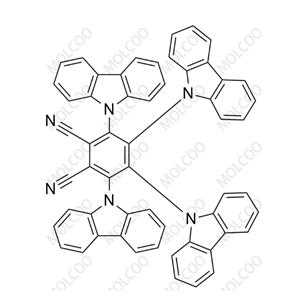
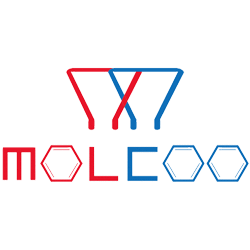
 China
China